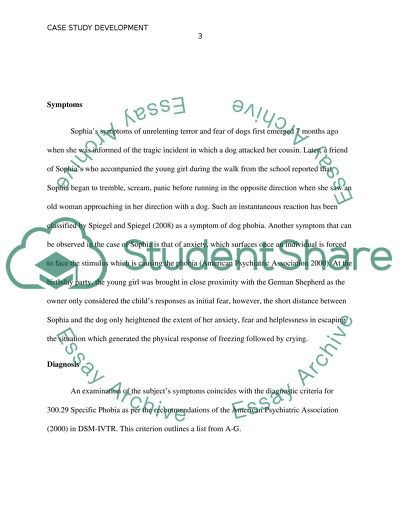Cite this document
(“Case Study Development and Theoretical Explanation Coursework”, n.d.)
Case Study Development and Theoretical Explanation Coursework. Retrieved from https://studentshare.org/psychology/1485407-case-study-development-and-theoretical-explanation
Case Study Development and Theoretical Explanation Coursework. Retrieved from https://studentshare.org/psychology/1485407-case-study-development-and-theoretical-explanation
(Case Study Development and Theoretical Explanation Coursework)
Case Study Development and Theoretical Explanation Coursework. https://studentshare.org/psychology/1485407-case-study-development-and-theoretical-explanation.
Case Study Development and Theoretical Explanation Coursework. https://studentshare.org/psychology/1485407-case-study-development-and-theoretical-explanation.
“Case Study Development and Theoretical Explanation Coursework”, n.d. https://studentshare.org/psychology/1485407-case-study-development-and-theoretical-explanation.


